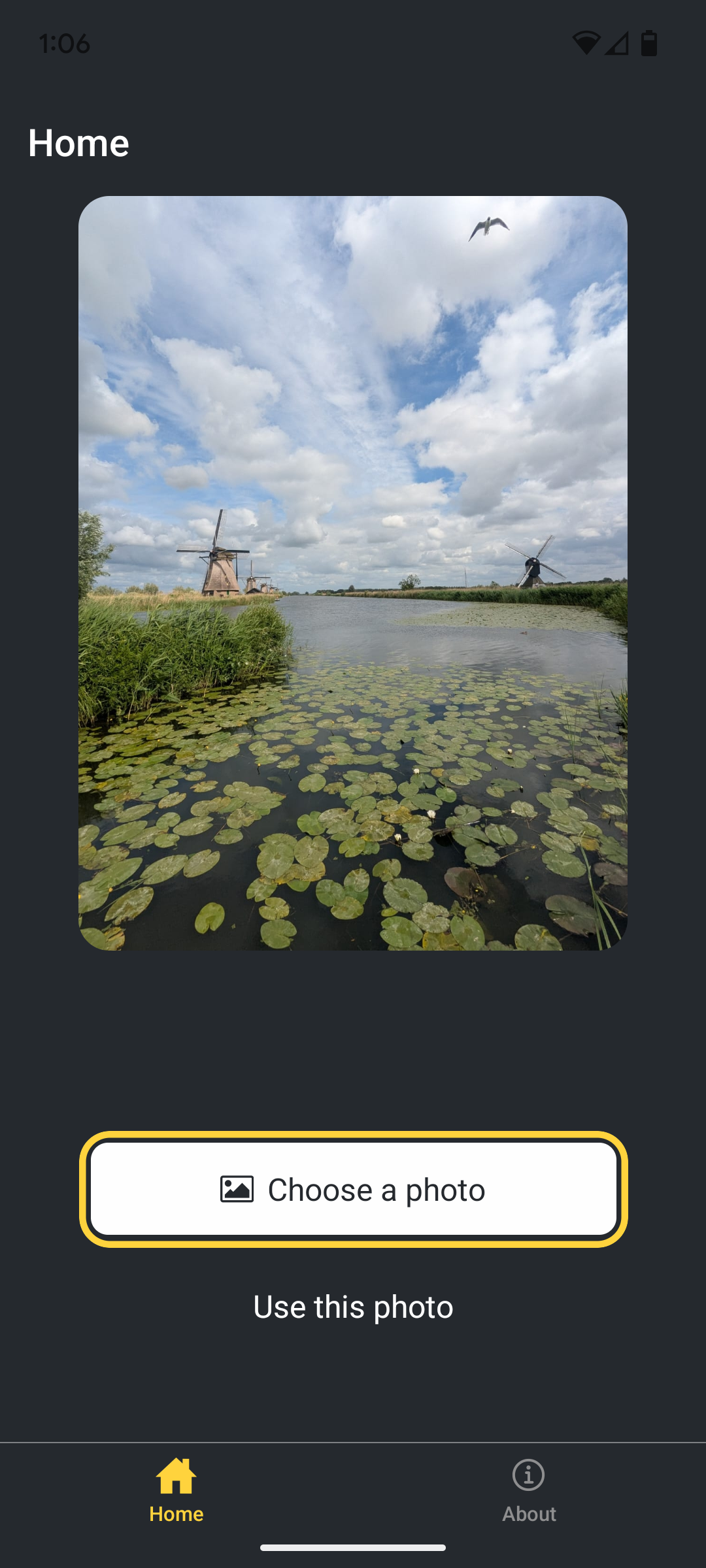Never tell people how to do things.
Tell them what to do and they will surprise you with their
ingenuity.
– G.S. Patton, Jr., War As I Knew
It, 1947
In this lab, you’ll continue work on programming and meet with your
team.
Developing Mobile Applications
Remember to do all lab exercises manually, without using Copilot, to
ensure that you understand the material (which will be on the exams). In
this exercise, manually work through the hyperlinked ReactNative
tutorial.
Exercise 4.1

Work through the first few chapters of Expo’s Tutorial: Using React Native
and Expo:
- “Create your first app” — This chapter repeats
the basic steps from the hello-world tutorial from Lab 1, but note that you should already
have the list of prerequisites installed (see Guide 1). Remember to use tunneling if
you’re working on a lab machine or Windows/WSL2.
- “Add navigation” — Do this as
written.
- “Build a screen” — Do this as
written. Note the use of a modal alert and the
modularization of components into separate
files/modules.
- “Use an image picker” — Do this as
written.
As time allows, feel free to complete the sections that
we’re skipping. They could be useful for your team project
(e.g., modals, gestures, status bar, app icon, and splash screen
sections).
When you have the app running on your device, save a screen shot of
the homepage and add a new README.md that
contains a list of one-sentence answers to the following questions:
- What does the Expo
default template add to the
minimal blank template (cf. lab 1)?
- How is the styling of the app widgets specified (cf. CSS)?
- What does Expo store in the
app/ sub-directory?
- What does Expo store in the
components/
sub-directory?
- When we `npx expo install` the expo-image-picker, what files are
changed in the application?
Submit this application by pushing it to your cs262
repo, including: lab04/StickerSmash/;
lab04/screenshot.png; and lab04/README.md.
Working with your Team
Meeting with Your Stakeholders
Following each sprint, your team will meet with it’s peer
stakeholders to discuss your progress. The stakeholders include us and
selected members from other teams (see the “Team
Stakeholders” list in Moodle).
Exercise 4.2
Make sure that your stakeholders have access to your team materials.
- They should already have access to your (public) GitHub repos.
- Create a
#stakeholders channel in your team’s
Slack workspace, in which your stakeholders can post their
comments for the homeworks. You can choose which of your
channels they have access to, but they should have access to
#stakeholders and they should not have access to
#grading.
In this week’s team meetings, we focus primarily on your project
vision.
Exercise 4.3
Participate in the following two meetings:
- as a team member in your team’s meeting with its
stakeholders
- as a stakeholder in your monitored team’s meeting
Each project team should have one team member give a one-minute
project-pitch presentation to us and their stakeholders.
Build user stories based on your stakeholders true needs and desires.
Exercise 4.4
Meet with your teammates to write user stories for your project.
Focus on completing the stories required for this sprint.
Checking In
- 50% — Programming
- 50% — Teamwork
